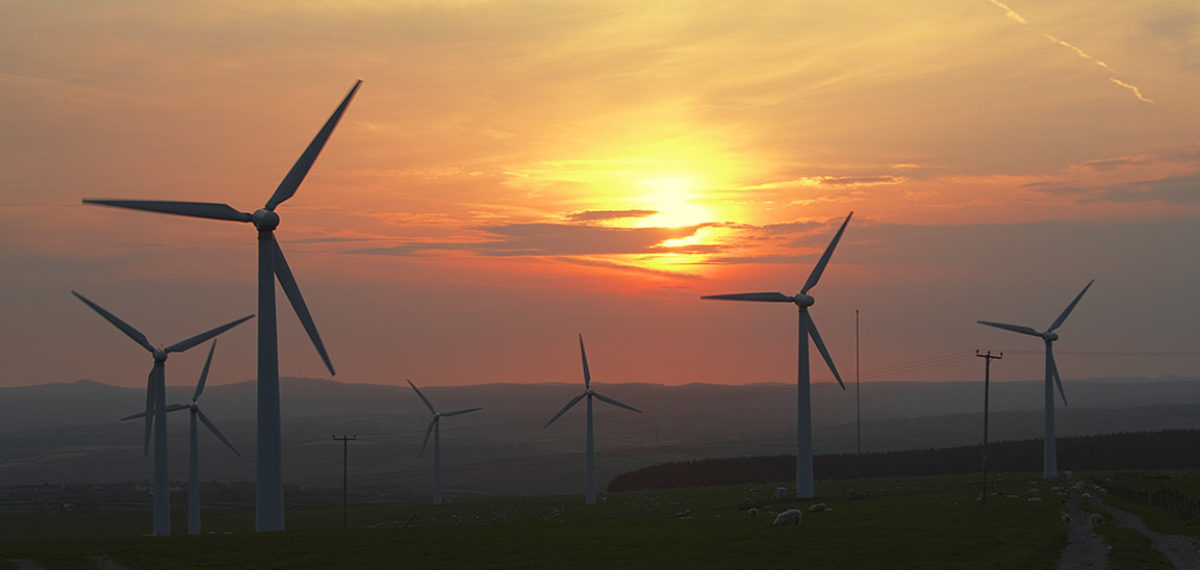As part of a study of how a 100 per cent renewable energy system in the UK could work academics from UCL have found that EITHER doubling the amount of increasing international electricity interconnectors OR having one third overcapacity of renewable energy generating capacity will reduce the need for storage to support a 100 per cent renewable energy system for the UK by up to half. In a paper just published in the leading Applied Energy journal they say: ”we find that, compared to the reference scenario, increasing renewable capacity by 33%, or interconnections by 200%, can lower system storage capacity by up to 50%”. They also found that delivering heating through heat pumps is half the cost of delivering the same heating using green hydrogen.
This is part of a paper on how a 100 per cent renewable energy system for the UK could work. Professor Mark Barrett from UCL has given a talk (related to the paper) about how ALL UK energy can be supplied by renewables. He focused on heat in particular. Here are the slides that he presented:
CREDS Low emission design – Heat TGCassarino MBarrett Edit 1510621
The academics who wrote theaper, Cassarino and Barrett, also found that the ‘heat cost of a green hydrogen based system is double that of heat pumps’. They also found that ‘heat pumps require four times less electricity per unit of heat than green hydrogen’. This is largely because a) heat pumps work much more efficiently than green hydrogen by multiplying the amount of energy they produce because the electricity is used to, in effect, collect energy from the environment – something that hydrogen does not do and b) because the conversion of renewable energy into hydrogen loses substantial amounts of energy in the process. Although the authors did not study heating from ‘blue’ hydrogen, other analyses have suggested that the costs of heating using blue hydrogen could be three times the cost of heating using natural gas.
Please note that the free open download of the paper is for a limited period!, available here.
Below is the (verbatim!) promotional text about the talk which Mark Barrett gave recently:
The UK has a net zero greenhouse gas emission target – how can energy system design contribute to achieving this?
The energy system comprises two basic parts – demand and supply. The behaviour of people using demand technologies (buildings, vehicles etc) drives energy demands which vary with hourly social activity patterns and, for space heating and cooling, also vary with the weather. Energy efficiency, such as building insulation, can reduce demands cost-effectively somewhat but there will always remain demands.
The question is: what mix of energy technologies and sources can meet these varying demands whilst having a net zero emission of greenhouse gases, and at the lowest possible cost? Our primary energy options are fossil, renewables and nuclear. Fossil use will always cause emission which, for net zero, has to be balanced though absorbing atmospheric CO2, but the options for this are poorly developed or constrained. Nuclear is problematic because of cost, waste and security. Renewables, with wind and solar are abundant though variable, with sources such as hydro and biomass being limited.
We have a problem of matching hourly variable renewable supplies to varying demands – sometimes there’s a surplus, sometimes a deficit. There are three basic methods for matching:
- store energy from a time of surplus to a time of deficit
- long distance transmission from a place of surplus to a place of deficit, e.g across Europe
- increase renewable capacity such that deficits are reduced.
In general, increasing one of these three options allows a decrease in the others. To explore designs we developed the ESTIMO (Energy Space Time Integrated Optimiser). This model uses data from the UK and Europe to simulate hourly demands and renewables using 35 historic meteorology data. The flows of energy to and from stores and the trade of energy between the UK and Europe were simulated and system costs calculated.
Several system designs were explored with different renewable, storage and trade mixes, and with different heating shares of heat pumps, district heating and hydrogen and simulated with historic and project climate change meteorology.
About the Speaker
Prof Mark Barrett has a PhD in Energy Modelling and is Professor of Energy and Environmental System Modelling at the UCL Energy Institute, which he joined in 2006. He has forty-five years experience of modelling energy and transport systems and atmospheric emissions working as a civil servant, consultant, company director and academic.
He has developed models to aid policy development on acid rain, air pollution and human health, greenhouse gas emission, aviation, nuclear power impacts, energy security and nuclear war planning. Energy is a major contributor to these impacts. The models incorporate detailed physical and engineering simulation of energy flows to ensure energy system designs will actually work. Environmental impacts and costs are calculated.
A particular focus of his work is the utilization of energy efficiency to control demand, and renewables to replace fossil energy.
This text has been reproduced from the webpage here

One thought on “Renewable overcapacity or increasing interconnectors will dramatically reduce storage needs in a 100% renewable energy UK say UCL academics”